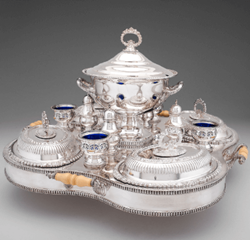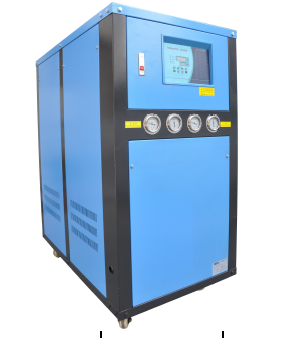Electroplating is the process of electroplating a thin layer of other metal or alloy on the surface of certain metals by electrolysis. It is the use of electrolysis to attach a metal film to the surface of metal or other materials to prevent corrosion and improve Wear resistance, electrical conductivity, reflective properties and enhance aesthetics. Plating is divided into rack plating, barrel plating, continuous plating, and brush plating, and is mainly related to the size and batch of parts to be plated.
Plating, barrel plating, continuous plating and brush plating are applicable to:
Hanging plating is a process in which workpieces are clamped on a rack, suitable for large parts, and the number of products that can be plated per batch is small, and the plating thickness is 10 μm or more. Such as the bumper of a car, the handlebar of a bicycle, etc. Hanging plating production lines can be divided into manual lines and automatic lines.
Continuous plating of wire and strip suitable for mass production.
Brush plating is suitable for partial plating or repair.
Barrel plating is usually applied to small parts. Barrel plating is strictly called roller plating. He puts a certain number of small parts into a special roller and indirectly conducts electricity in a rolling state to deposit various metal or alloy plating on the surface of the part to achieve surface protection and decoration. And a variety of functional purposes of a plating process. According to the use of different rollers, the common barrel plating methods in electroplating production are divided into three categories: horizontal barrel plating, barrel plating at the time of inclination, and vibration barrel plating.
The plating solution is acidic, alkaline, and has an acidic and neutral solution added with a chromium mixture. Regardless of the plating method used, plating tanks and hangers that are in contact with the product to be plated and the plating solution should have a certain degree of Universality.





